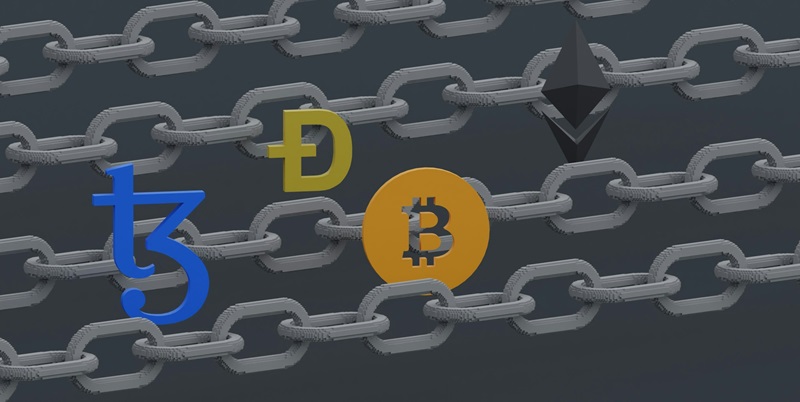In this digital age, “inscriptions” have emerged as a unique form of collectibles, leveraging the power of blockchain technology to write data into the “calldata” or “witness” fields of a transaction. However, this innovation has not been without its challenges. The influx of inscriptions has caused degraded performance and, in some cases, even crashes on several blockchain networks. In this article, we explore a potential solution to this problem and delve into the concept of parallelized Ethereum Virtual Machines (EVMs).
Proposal of using parallelized Ethereum Virtual Machines (EVMs) to solve transaction spam
Brendan Farmer, co-founder of Polygon, suggests that parallelized EVMs could effectively tackle the issue of transaction spam. By running multiple EVMs in parallel, unrelated transactions can be processed simultaneously, significantly boosting the throughput of blockchains and safeguarding their performance. This promising approach holds the potential to address the challenges posed by spam transactions and enhance the overall efficiency of blockchain networks.
Evolution of inscriptions from Bitcoin to Ethereum sidechains and layer-2s
While inscriptions originated on the Bitcoin network, Ethereum quickly became a hub for their proliferation, especially through the utilization of sidechains and layer-2 solutions. These secondary blockchain networks were established to alleviate congestion on the main Ethereum network and enable faster and cheaper inscription minting.
Cheap minting method of inscriptions and its consequences
Unlike conventional NFT minting processes, Inscriptions introduced a cost-effective way of creating collectibles by leveraging the “calldata” field of the EVM-based networks. While this approach dramatically reduced the expenses associated with minting, it also led to an increased influx of inscription transactions. Consequently, high fees and network instability became prevalent, hindering the smooth operation of blockchain networks.
How parallelized EVMs improve blockchain performance
Parallelized EVMs enable unrelated transactions to be processed simultaneously, effectively increasing the throughput of blockchains. This enhanced processing capacity allows networks to “localize gas fees to areas that contend with each other,” optimizing the allocation of resources and enhancing overall performance.
Implementation plans for parallelized EVMs on Polygon
The implementation of gas fee localization through parallelized EVMs is one of the key goals for the Polygon network. While not yet fully implemented, Polygon aims to leverage parallelization alongside layer-2 ecosystems to alleviate performance issues and enhance efficiency.
Parallelization and layer-2 ecosystems for performance enhancement
Parallelization, coupled with the adoption of layer-2 solutions, is being actively pursued across multiple blockchain networks, including Polygon. With the widespread implementation of parallelized EVMs and layer-2 ecosystems, stakeholders anticipate significant improvements in scalability, transaction speed, and cost-effectiveness.
Performance improvement achieved and expected on Polygon
The Polygon team has already witnessed a noteworthy 1.6x improvement in performance with the implementation of the “Block-STM” solution. Furthermore, they anticipate achieving a remarkable 2x improvement in processing blocks, further solidifying the benefits of parallelized EVMs in addressing transaction-related challenges and optimizing network functionality.
Inscriptions have emerged as a revolutionary form of collectibles in the blockchain space, but their rise has also posed significant challenges for network performance. However, the innovation of parallelized EVMs provides a potential solution to these issues. By running multiple EVMs in parallel and optimizing the utilization of network resources, blockchain networks can enhance scalability, reduce fees, and improve transaction speed. As blockchain technology continues to evolve, parallelization and layer-2 ecosystems offer exciting prospects for improved performance across diverse blockchain networks.

